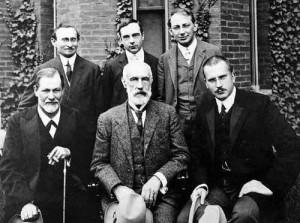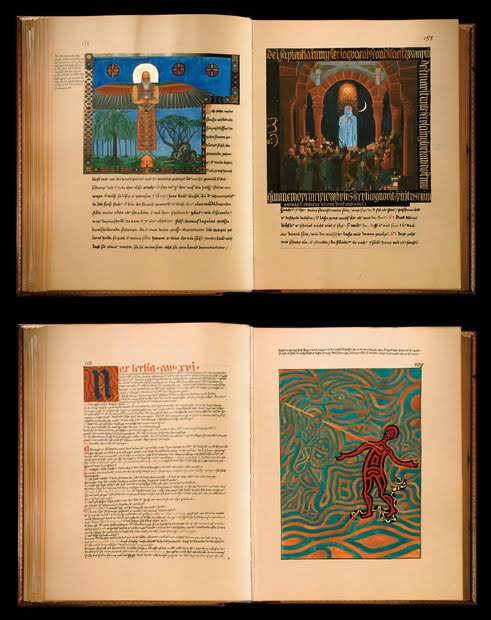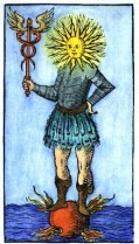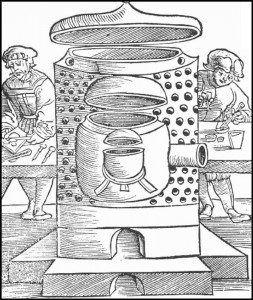I think it must be confusing for anyone new to the world of counseling and therapy and psychotherapy to make sense of these three terms. In Portland, Oregon where I practice, or anywhere in the U.S., the questions are basically the same. What is counseling? What is therapy or psychotherapy? Are they different? To understand these terms is not quite so hard as it seems.
When you decide to “get into therapy” or “find a counselor,” typically you’re looking for someone to talk with, often for an hour a week, on a regular basis and for a period of time ranging from a few months to a few years. This can vary, but I’m giving you an idea of what’s typical. So, if you’re looking to work with a therapist or counselor for awhile, what do you need to know about the various terms you will encounter?
There are at least two ways to look at the terms: one is based in common sense, and a basic understanding of language; the other is based in the way various state and other official groups regulate the profession of psychotherapy, and in how these groups decide to use and regulate the various terms.
I’ll focus on the common sense version. This is according to me and is not an official view, though I think it’s pretty accurate.
Counseling and Counselor are common terms. To me they convey a more practical approach–helping to guide a client into strengths and away from negative ways of living. Some counselors seem to emphasize guidance and advice. But that’s not always the case, and often counseling is the same essential process as therapy or psychotherapy.
Therapy and Therapist are common terms as well. Sometimes they’re applied to fields like physical therapy which have nothing to do with psychological and emotional health. But in the context of working with psychological issues, they are general terms that refer to any practitioner who works therapeutically with individuals, couples, families, or groups.
Psychotherapy and Psychotherapist just make things more specific. When you’re working with a human being on psychological issues, you’re working with the “psyche” of that person. Psyche comes from an ancient Greek word meaning soul–the living reality of a human being. Psychotherapy is a therapy for the living human being. The word therapy itself comes from a Greek word meaning to care for, attend to, or heal some condition that ails the patient.
The terms your own therapist likes to use will depend largely on personal preference.
The state and the associations that regulate the various licenses that therapists hold have their own preferred ways of using the terms counselor, or therapist, or psychotherapist. I won’t get into these details here, and I can’t speak for any official groups. The important thing to know is that if you’re seeking counseling… or therapy… or psychotherapy (use the term that you prefer!) for something that ails you, just make sure you do a little research and inquire about your potential therapist’s background and qualifications. See if that person feels like a good fit for you, and then begin and see where the process of therapy takes you.





